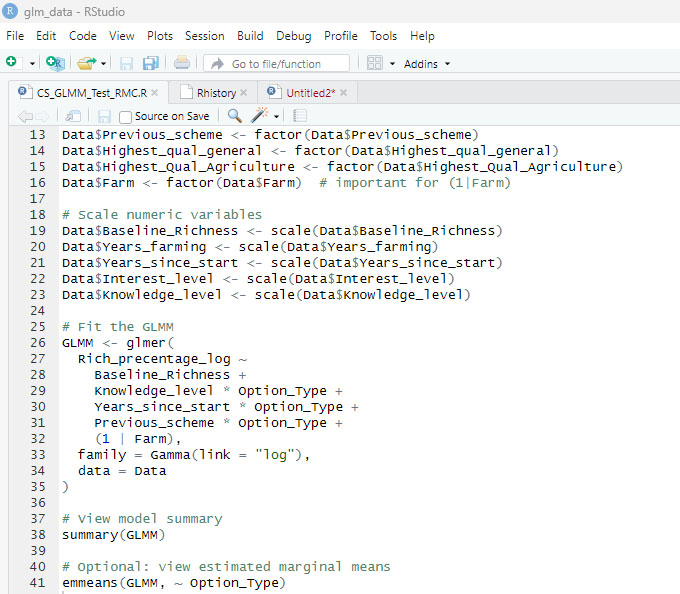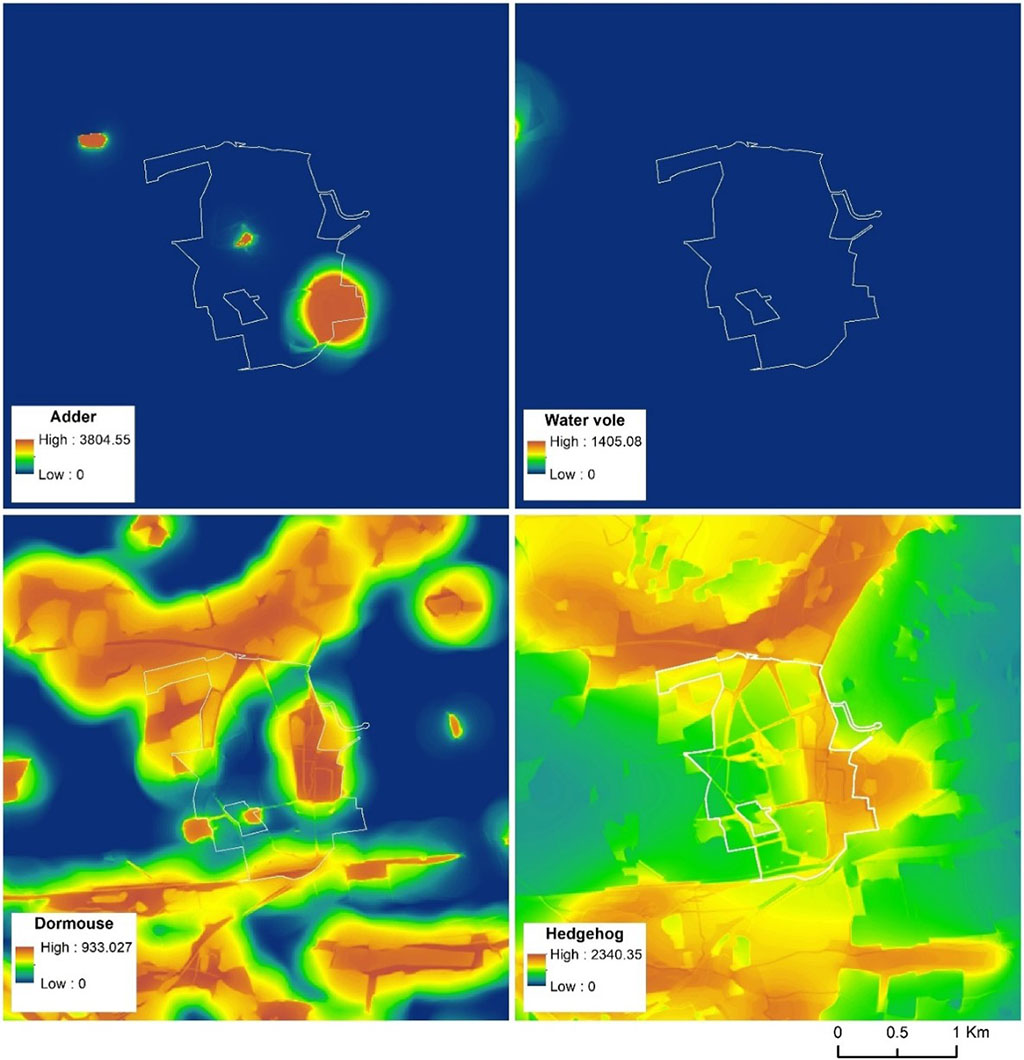Rocío Martínez Cillero
Strategic Ecology | Biodiversity Net Gain | Science-Driven Environmental Planning

I’m a senior ecologist focusing on Biodiversity Net Gain (BNG), green infrastructure, and ecological strategies for both urban and rural settings.
My background includes PhD-level research on environmental sustainability and hands-on consulting for local authorities and private clients.
I work to bridge policy, science, and practical solutions for better biodiversity outcomes.
Services

Biodiversity Net Gain (BNG) – Strategy & Advisory
Offering high-level strategic planning for BNG compliance and policy alignment. I help clients:
- Navigate BNG requirements and metrics
- Develop policy-driven approaches and frameworks
- Integrate GIS-based scenario analysis into BNG planning
For field surveys or detailed habitat design, I collaborate with specialised ecologists or partners.

Ecological Research & Spatial Analysis
Using GIS-based assessments and advanced spatial modelling (e.g., CircuitScape) to map habitat connectivity and identify nature recovery opportunities.

Science-Driven Policy Development
Developing actionable environmental policies, frameworks, and Biodiversity Action Plans that integrate scientific evidence with regulatory compliance.

Green Infrastructure & Nature Recovery Planning
Identifying ecological opportunities in urban and rural contexts, advising on habitat creation, GI strategies, and nature recovery networks.
Projects
Below are examples of my recent work
Re-Survey of Higher Level / Countryside Stewardship
- Year/Client: 2023–2025, for Natural England via LUC
- Scope: National-level assessment of changes in biodiversity under agri-environment schemes.
- Role: Developed analytical procedures to measure biodiversity outcomes, shaping how data is interpreted for future policy.
- Outcome: Evidence base for updating Environmental Land Management frameworks across the UK.
BNG Route Optioneering Assessment
- Client: 2023-2024, for a national electricity supplier (Scotland) via LUC
- Key Challenges & Solutions: Adapted the BNG metric to evaluate over 100 km of overhead line installation. Combined ecological data with cost-effectiveness considerations.
- Role: Developed methodology, based on GIS-based spatial analysis, and trained client teams on best practices.
- Outcome: A streamlined approach to BNG in large-scale infrastructure projects, aligning engineering needs with ecological objectives.
Publications & Research
(2023) Functional Connectivity Modelling and BNG in England, Journal of Environmental Management
This paper delves into how landscape connectivity – the extent to which habitats are linked for wildlife movement – can be integrated with Biodiversity Net Gain (BNG) policy in England. By using advanced modelling tools (e.g., CircuitScape), it illustrates where strategic habitat improvements make the biggest impact.
The insights help planners and environmental consultants invest resources in places with the largest net gain for biodiversity, bridging policy mandates and practical, on-the-ground conservation.
Key Findings:
- Spatial modelling pinpoints which areas are critical for wildlife corridors.
- Adjusting BNG strategies around these “hotspots” can boost ecological resilience.
- Collaboration between ecologists, policymakers, and developers ensures that new projects don’t just comply with regulations but actively enhance connectivity.
(2022) A Wellbeing Assessment for BNG, Town and Country Planning Journal
This publication expands BNG beyond measuring improvements for wildlife – it also explores how greening urban areas can enhance human well-being. From a planning perspective, it means BNG success isn’t just about habitat creation but also about community benefits. Policymakers and developers can use these well-being metrics to shape more holistic BNG projects, ensuring human communities reap benefits alongside wildlife.
Key Findings:
- Integrating well-being indicators into BNG evaluations captures social value.
- Urban green spaces can offer stress reduction, community identity, and recreational opportunities.
- Stakeholder engagement (residents, local groups) is crucial to measuring and maximizing social outcomes.
(2019) A Practical Tool for Ecosystem Services Assessment, Ecology and Evolution
With increasing globalization, invasives are a growing challenge. This paper’s assessment tool enables better resource allocation, ensuring conservation efforts are cost-effective and evidence-based.
This research introduces a practical framework to evaluate how invasive alien species can either degrade or, in rare cases, enhance ecosystem services. It looks at real-world examples and provides a method to quantify these impacts.
Key Findings:
- Invasive species can outcompete native fauna, but some also provide certain ecosystem functions (e.g., soil stabilization).
- The tool helps land managers weigh control measures against possible benefits, leading to informed decision-making.
- Calls for targeted management strategies, recognizing that “invasive” isn’t always cut-and-dry.


